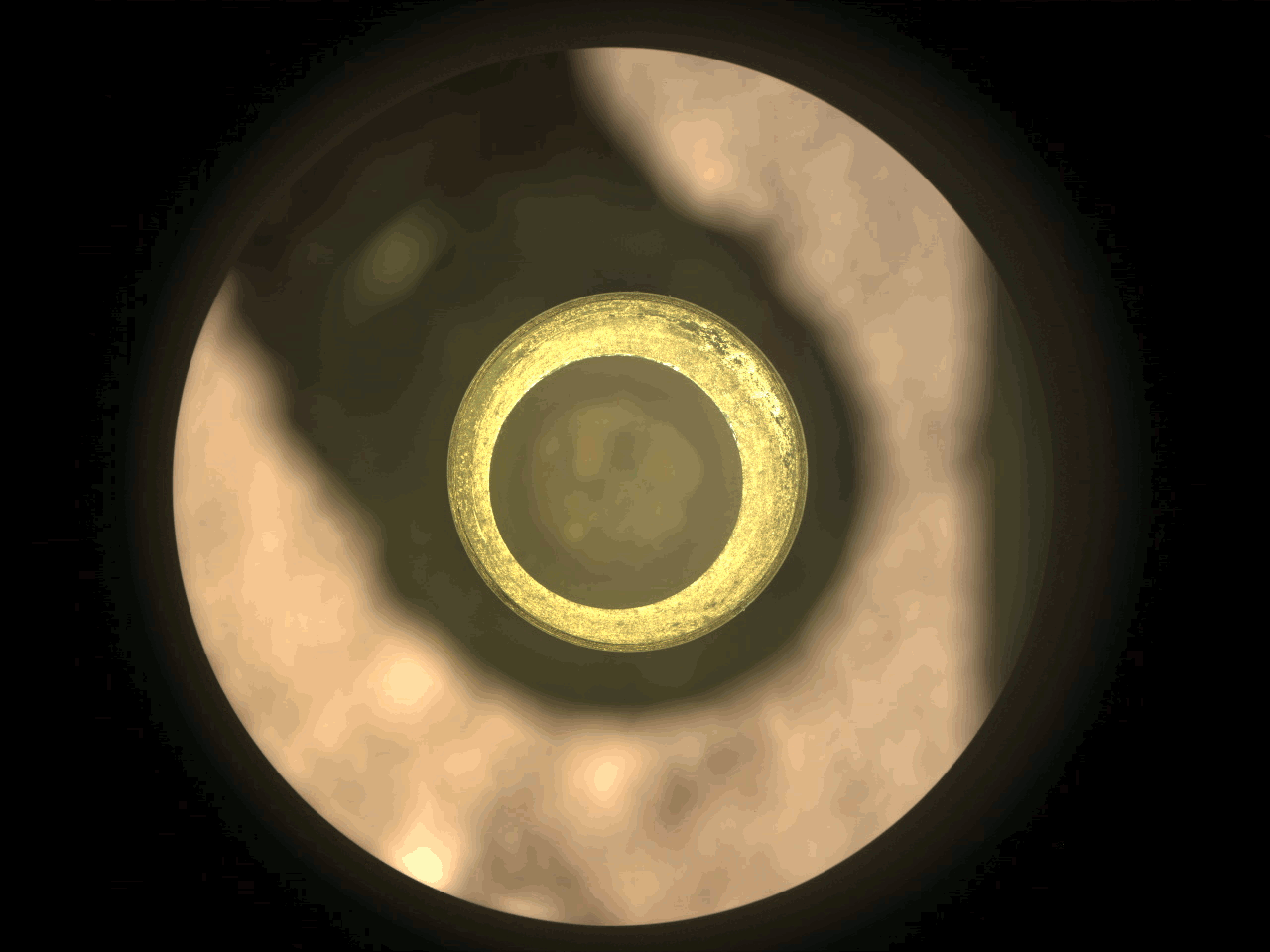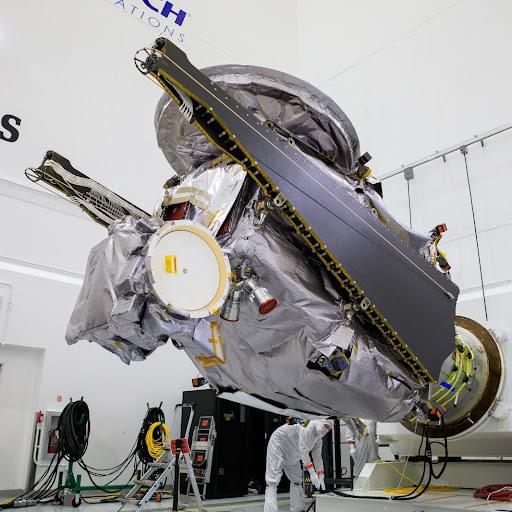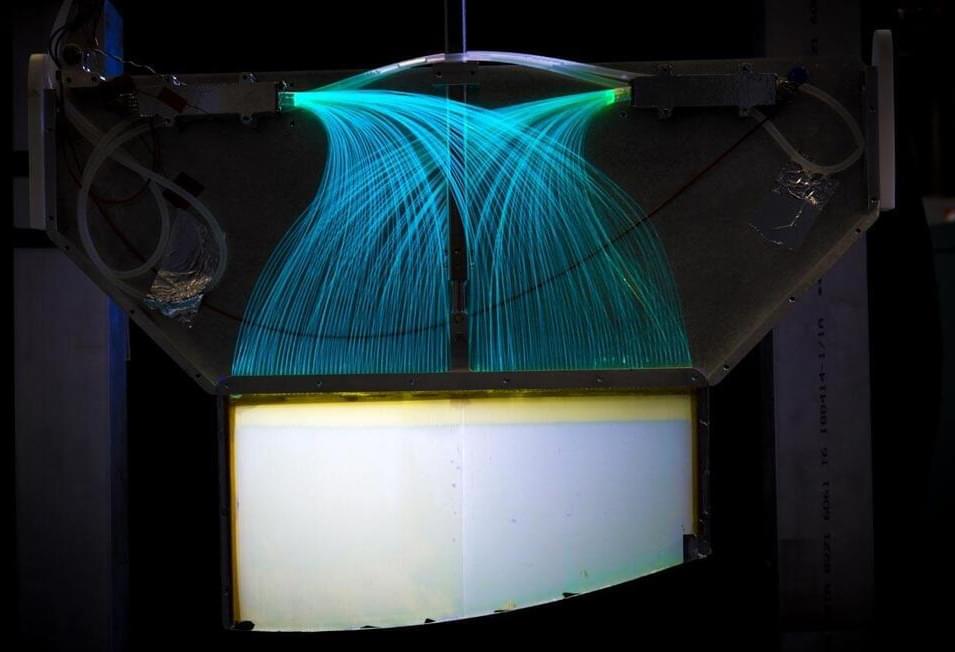Researchers have identified a subpopulation of mesenchymal stem cells (MSCs) that boost the healing of bone fractures and show an ability to differentiate into various cell types.
Their findings are published in the journal Bone Reports in a paper titled, “Bone marrow CD73+ mesenchymal stem cells display increased stemness in vitro and promote fracture healing in vivo,” and led by researchers from the University of Tsukuba, in collaboration with the University of Bonn, Germany.
“MSCs are multipotent and considered to be of great potential for regenerative medicine,” the researchers wrote. “We could show recently (Breitbach, Kimura, et al. 2018) that a subpopulation of MSCs, as well as sinusoidal endothelial cells (sECs) in the bone marrow (BM) of CD73-EGFP reporter mice, could be labeled in vivo. We took advantage of this model to explore the plasticity and osteogenic potential of CD73-EGFP+ MSCs in vitro and their role in the regenerative response upon bone lesion in vivo.”








